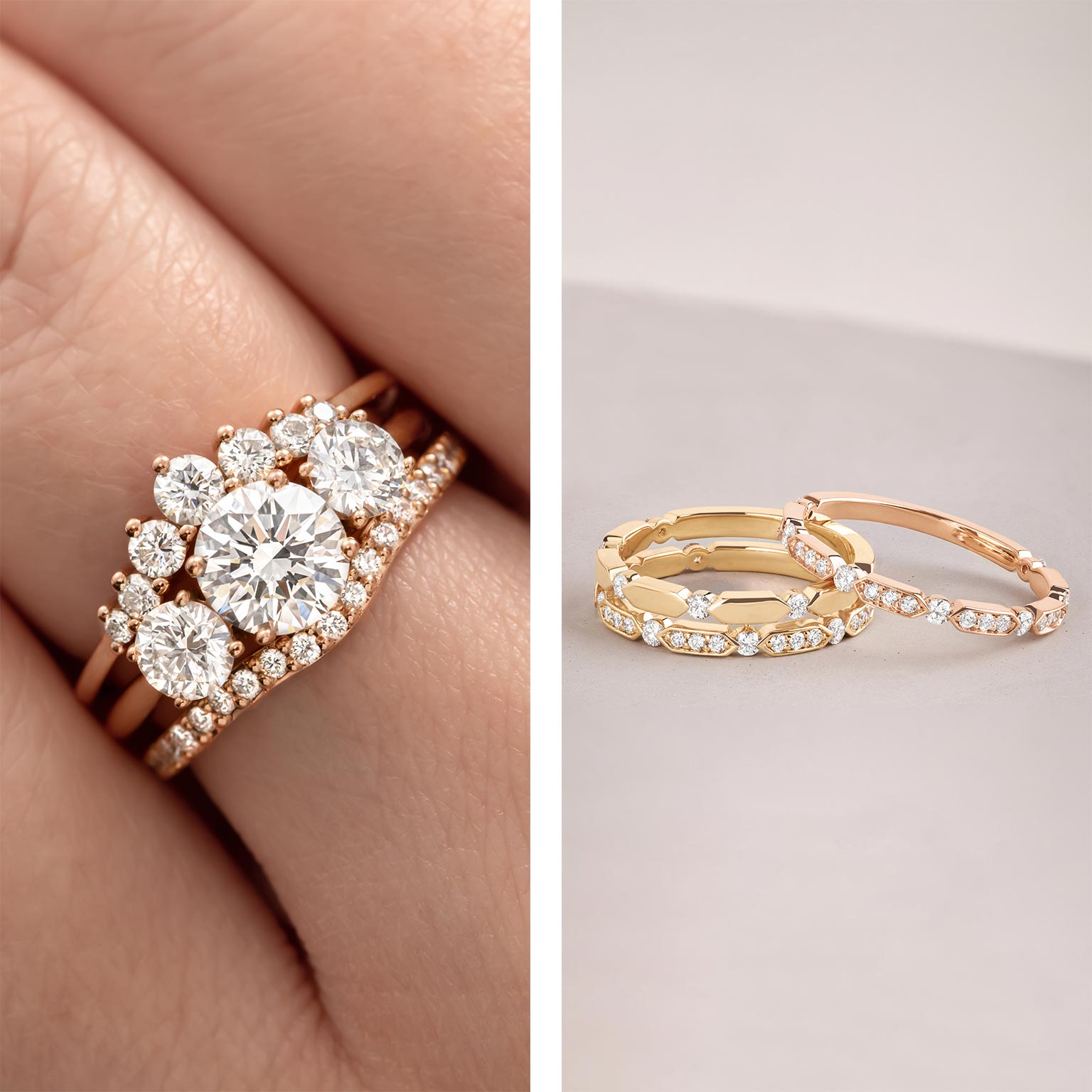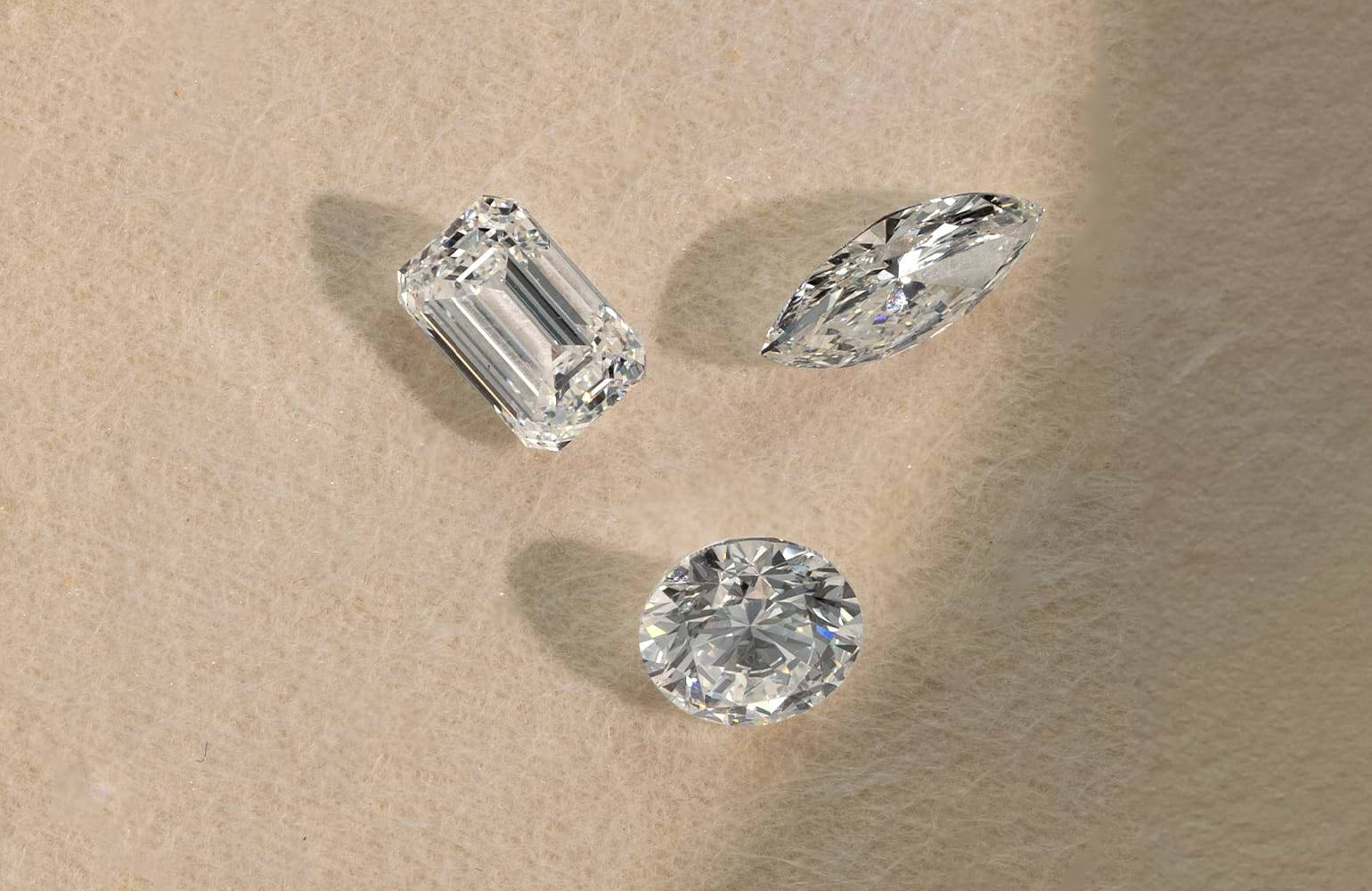Introduction: What Are Artificial Diamonds
Artificial diamonds, also known as lab-grown diamonds or cultured diamonds, are a revolution in the world of fine jewelry. These diamonds are not mined from the Earth but instead are created in controlled laboratory environments using advanced technology. The result is a diamond that shares the same physical, chemical, and optical properties as a natural diamond. diamantes artificiales are becoming increasingly popular due to their ethical production, lower cost, and environmental benefits. In this article, we will explore the characteristics of artificial diamonds, their advantages, and why they are becoming a top choice for consumers seeking beautiful, sustainable jewelry.
How Are Artificial Diamonds Made
Artificial diamonds are created through two primary methods: High Pressure High Temperature (HPHT) and Chemical Vapor Deposition (CVD). Both processes mimic the natural conditions under which diamonds form in the Earth but do so in a controlled laboratory setting. In the HPHT process, carbon is exposed to extreme heat and pressure, replicating the Earth’s mantle conditions. The CVD process, on the other hand, involves using gases like methane to deposit carbon atoms onto a substrate, forming diamond crystals layer by layer. Regardless of the method, artificial diamonds are created in a fraction of the time it takes for natural diamonds to form, making them an efficient and sustainable alternative.
The Ethical Benefits of Choosing Artificial Diamonds
One of the main reasons consumers are choosing artificial diamonds is the ethical advantage. Traditional diamond mining can often involve significant human rights issues, including exploitative labor practices, and can have a devastating impact on local communities and the environment. In contrast, artificial diamonds are created in a laboratory with no associated human rights violations or environmental destruction. Choosing artificial diamonds allows consumers to avoid supporting the unethical practices that sometimes accompany mined diamonds, making them a more responsible choice for those looking to make an ethical purchase.
The Cost-Effectiveness of Artificial Diamonds
Artificial diamonds offer a more budget-friendly alternative to natural diamonds, often costing 20-40% less for the same size and quality. This price difference can be attributed to the controlled, efficient production process, which eliminates the need for costly mining operations and the lengthy supply chain involved in sourcing natural diamonds. The affordability of artificial diamonds allows consumers to purchase larger stones or opt for higher-quality diamonds at a fraction of the price of a mined counterpart. For those seeking value without compromising on beauty, artificial diamonds are an excellent option.
Artificial Diamonds vs. Natural Diamonds: What’s the Difference
While artificial diamonds and natural diamonds are virtually identical in appearance and structure, there are some key differences that set them apart. Both diamonds are composed of pure carbon, but natural diamonds have taken millions of years to form, while artificial diamonds are created in a matter of weeks or months. Despite the difference in their origin, artificial diamonds exhibit the same brilliance, clarity, and hardness as natural diamonds, making them indistinguishable to the naked eye. The primary distinction lies in their price and environmental impact, with artificial diamonds offering a more affordable and sustainable option.
The Environmental Impact of Artificial Diamonds
The environmental impact of diamond mining is a significant concern, as mining operations can lead to deforestation, habitat destruction, and water contamination. In contrast, artificial diamonds have a much smaller environmental footprint. Since they are lab-grown, there is no need for large-scale mining or the destruction of natural ecosystems. The energy required to produce artificial diamonds can be sourced from renewable energy, further reducing their carbon footprint. By choosing artificial diamonds, consumers are making an environmentally responsible decision that contributes to the preservation of the Earth’s natural resources.
Artificial Diamonds in Engagement Rings
Engagement rings are one of the most popular uses for diamonds, and artificial diamonds are becoming an increasingly popular choice for couples. The combination of affordability, ethical sourcing, and stunning brilliance makes artificial diamonds an attractive option for engagement rings. Many couples opt for artificial diamonds to get the look of a high-quality diamond without the hefty price tag. Additionally, the option to customize the size, cut, and quality of the artificial diamond allows couples to create a ring that is both meaningful and budget-conscious. Whether set in a traditional or modern style, artificial diamonds make for a beautiful and responsible choice for engagement rings.
The Durability of Artificial Diamonds
Artificial diamonds are just as durable as natural diamonds, making them a reliable choice for everyday wear. Both types of diamonds rank 10 on the Mohs scale of hardness, meaning they are the hardest known natural material on Earth. This incredible durability ensures that artificial diamonds will not chip, scratch, or lose their brilliance over time, even with regular exposure to wear and tear. Whether for an engagement ring, wedding band, or other pieces of fine jewelry, artificial diamonds will maintain their beauty and durability for a lifetime, offering lasting value for the consumer.
The Growing Popularity of Artificial Diamonds
As more people become aware of the benefits of artificial diamonds, their popularity continues to grow. Advances in technology have made it easier than ever to create high-quality diamonds in a lab setting, and as a result, more consumers are choosing artificial diamonds for their jewelry needs. The increased demand for ethical, sustainable, and affordable options is driving the growth of the artificial diamond market, with more retailers offering these diamonds to meet consumer preferences. As the stigma surrounding artificial lab grown diamonds continues to fade, it is expected that their market share will continue to rise in the coming years.
Artificial Diamonds and Custom Jewelry
In addition to engagement rings and wedding bands, artificial diamonds are also a great choice for custom jewelry. With the ability to choose the exact size, shape, and quality of the diamond, customers can create unique and personalized pieces of jewelry that fit their specific tastes and needs. Whether designing a custom necklace, bracelet, or pair of earrings, artificial diamonds offer the versatility to bring any jewelry vision to life. The affordability of artificial diamonds also allows for more creative freedom, as consumers can opt for larger diamonds or more intricate designs without breaking the bank.
Conclusion: Why Artificial Diamonds Are the Future of Fine Jewelry
Artificial diamonds are the future of fine jewelry, offering a sustainable, ethical, and affordable alternative to natural diamonds. With the same brilliance, durability, and beauty as mined diamonds, artificial diamonds are quickly gaining popularity among consumers who value quality, responsibility, and value. Whether for engagement rings, custom designs, or other fine jewelry pieces, artificial diamonds provide an excellent option for those seeking a high-quality diamond without the environmental or ethical concerns associated with traditional diamond mining. As the market for artificial diamonds continues to grow, they are poised to become a mainstream choice for jewelry buyers around the world.




